The Future of Road Safety with Autonomous Vehicles, Driving Toward a Safer Tomorrow
Bukemersanacokyakisir – The rise of Autonomous Vehicles marks one of the most revolutionary shifts in modern transportation history. Once a futuristic fantasy, self-driving cars are now becoming a tangible part of daily life. As technology evolves, these intelligent machines promise to make roads safer, reduce human error, and reshape how society views mobility. Yet, this transformation is not merely about automation it’s about redefining trust between humans and machines, creating a future where safety, innovation, and accessibility intersect harmoniously.
“Read also: KTM Struggles in Motegi, Eyes Podium Finish at Mandalika“
Understanding the Power Behind Autonomous Vehicles
At the heart of Autonomous Vehicles lies a fusion of advanced sensors, artificial intelligence, and data-driven algorithms. These systems process real-time information from cameras, radar, and LiDAR to navigate complex road environments. What makes them extraordinary is their ability to “think” faster than humans, reacting in milliseconds to potential hazards. However, technology alone isn’t enough. For true safety, developers must ensure these vehicles can anticipate unpredictable behavior from pedestrians crossing unexpectedly to weather-induced visibility challenges.
Reducing Human Error: The Core Promise of Automation
Human error is responsible for nearly 90% of all road accidents globally. Distractions, fatigue, and impaired judgment often lead to tragic consequences. Autonomous Vehicles aim to eliminate these risks entirely. By removing human emotion and distraction from the equation, the likelihood of collisions drops dramatically. Still, experts remind us that trust must be earned through flawless performance. Just as humans had to adapt to airplanes and elevators, society must now learn to trust cars that drive themselves a process that will take time, education, and transparency.
Real-Time Decision Making and Machine Learning Evolution
The decision-making process of Autonomous Vehicles is a technological marvel. Using deep learning models, these systems constantly evolve by analyzing millions of driving scenarios. For example, an autonomous car in San Francisco can learn from one in Tokyo or Berlin through shared cloud-based data. This global network of learning accelerates safety advancements far beyond human capability. However, developers must also ensure ethical programming how should a car react in a no-win situation? Such questions challenge both engineers and ethicists alike, shaping the moral framework of future mobility.
Infrastructure and Connectivity: The Silent Backbone of Safety
For Autonomous Vehicles to function at their best, they require a supportive infrastructure. Smart roads equipped with sensors, adaptive traffic lights, and 5G connectivity create a digital ecosystem where vehicles communicate seamlessly. This “Vehicle-to-Everything” (V2X) network allows cars to anticipate dangers before they occur such as a sudden stop three cars ahead or a pedestrian hidden by a blind corner. Governments and city planners play a crucial role in developing these intelligent networks, ensuring the dream of automation translates into a reliable, real-world experience.
The Human Factor: Adapting Society to Self-Driving Technology
While machines may be logical, humans are emotional. Acceptance of Autonomous Vehicles involves more than technological readiness; it requires cultural adaptation. Many drivers fear losing control or worry about machine malfunction. Therefore, education and transparency are vital. Demonstrations, pilot programs, and open dialogue can help bridge the trust gap. In truth, autonomous driving doesn’t eliminate humans it empowers them. Freed from the stress of daily commutes, people can reclaim their time for creativity, rest, or meaningful connection.
“Read also: Huawei and China Mobile Turn 5G-A Into a Winning Fan Experience“
Economic and Environmental Impacts of Safer Roads
Beyond safety, Autonomous Vehicles promise economic and ecological benefits. Fewer accidents mean lower insurance costs and healthcare expenses. Additionally, optimized driving patterns reduce fuel consumption and carbon emissions. Fleets of shared autonomous taxis could minimize traffic congestion and free up urban spaces currently occupied by parking lots. As automation matures, entire industries from logistics to public transportation will evolve toward sustainability, efficiency, and inclusivity, making the roads not only safer but also smarter and greener.
The Challenges That Still Lie Ahead
Despite immense progress, challenges persist. Cybersecurity threats, data privacy concerns, and unpredictable human interactions remain significant hurdles. The transition period when autonomous and manual cars share the same roads will be particularly complex. Policymakers must establish global standards for testing, liability, and accountability. The success of Autonomous Vehicles will depend on collaboration between technology companies, governments, and citizens, ensuring progress doesn’t outpace safety or ethics.
The Road to a Safer Tomorrow
The journey toward fully autonomous driving is both exciting and uncertain. Yet, one fact remains clear: the potential for safer roads is unprecedented. Each innovation whether a smarter sensor or a faster algorithm brings humanity closer to a world where traffic fatalities become a thing of the past. The dream is not about replacing human drivers but about elevating the driving experience to one defined by precision, safety, and compassion. As the headlights of the future grow brighter, the promise of Autonomous Vehicles shines as a beacon of hope for generations to come.
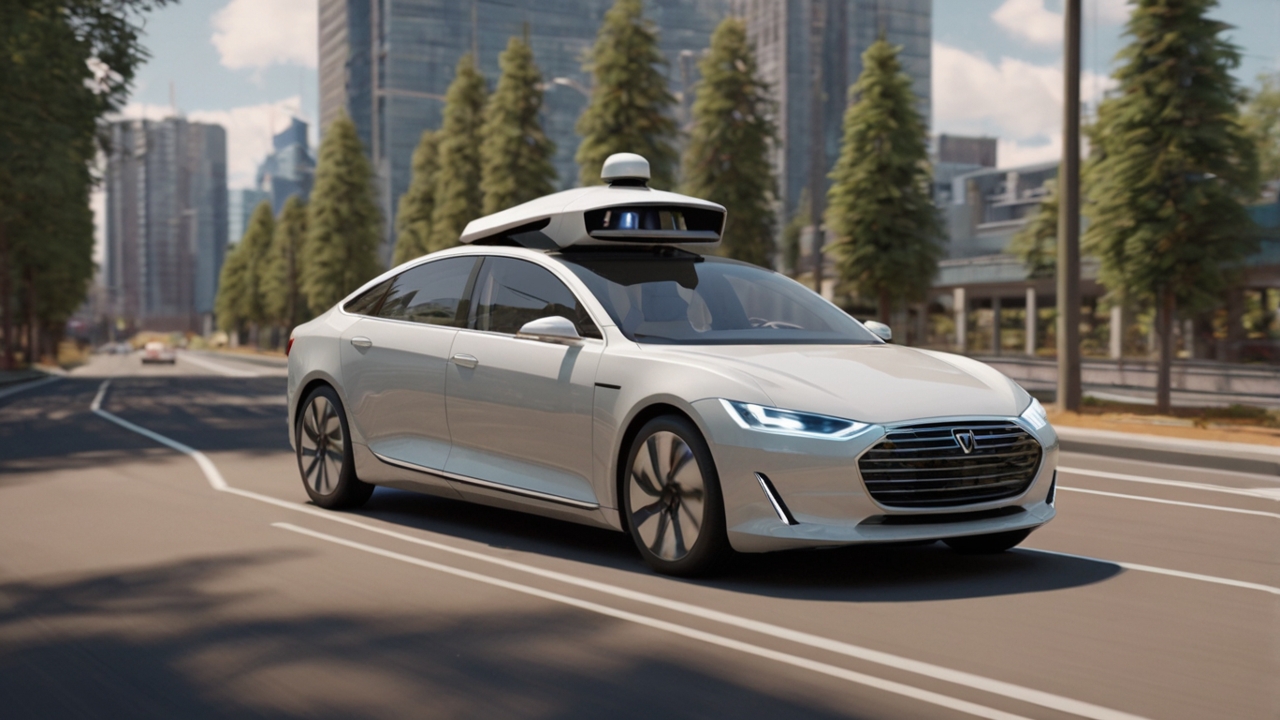
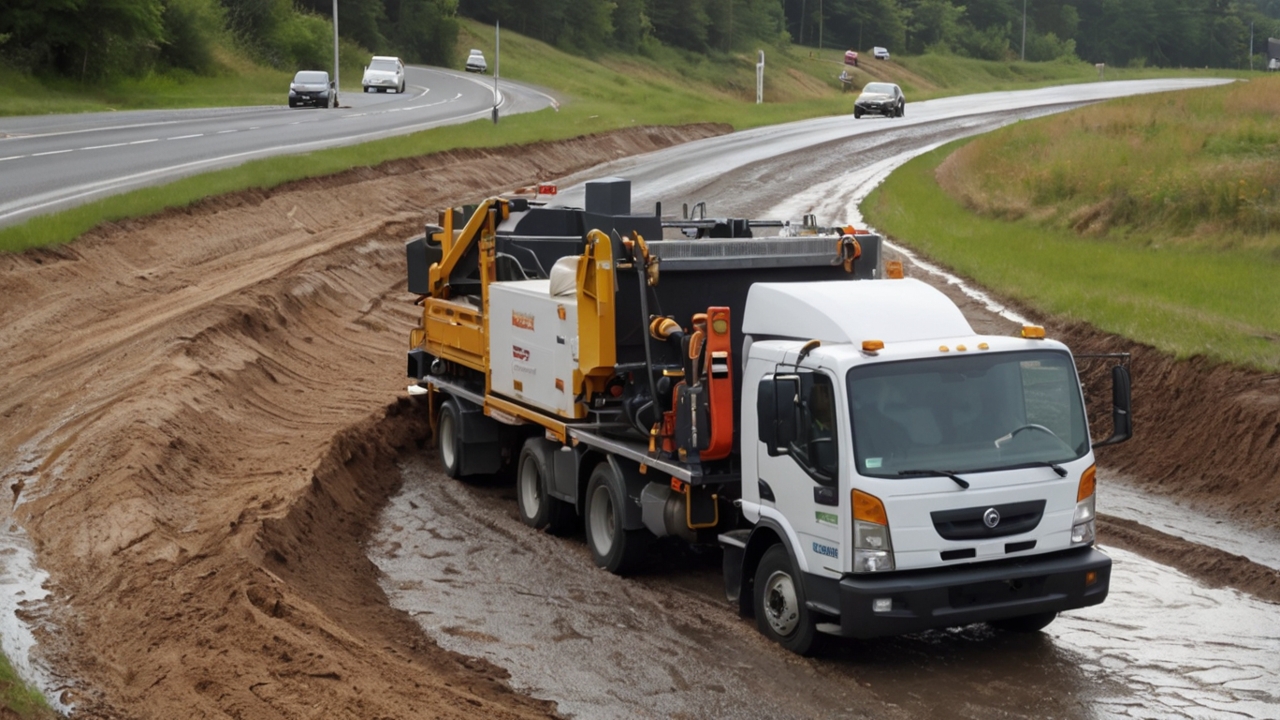
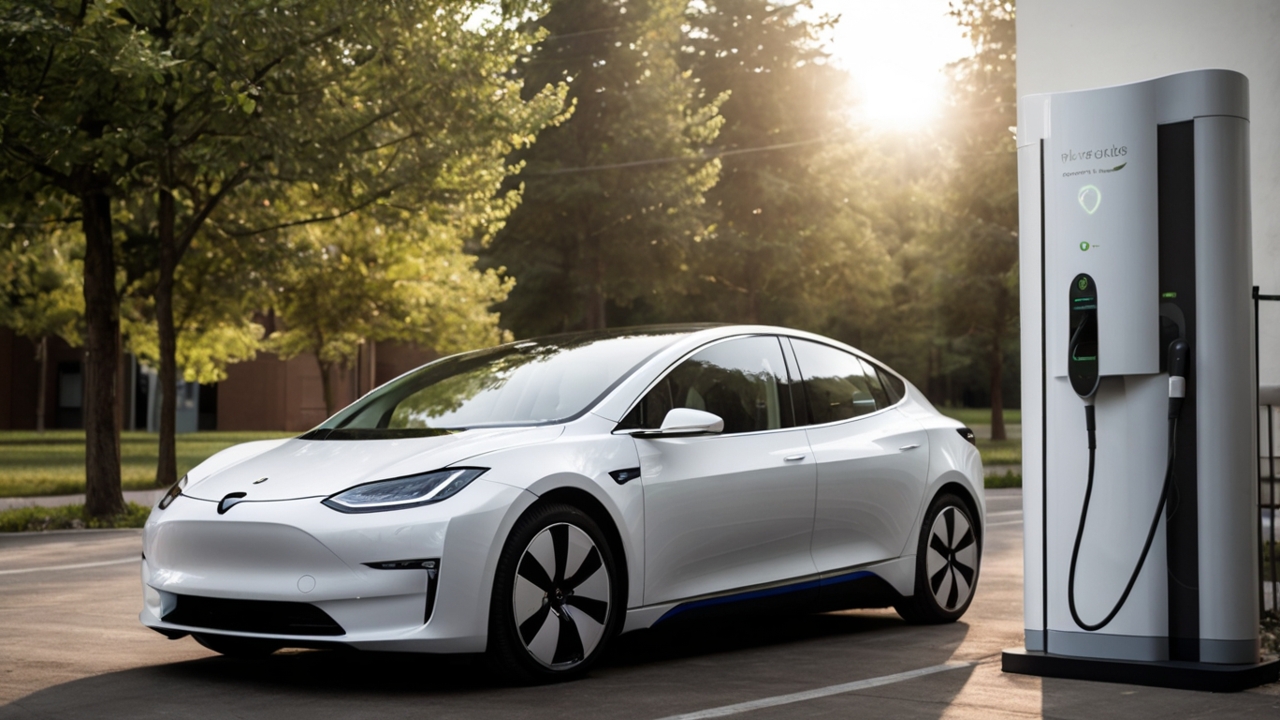
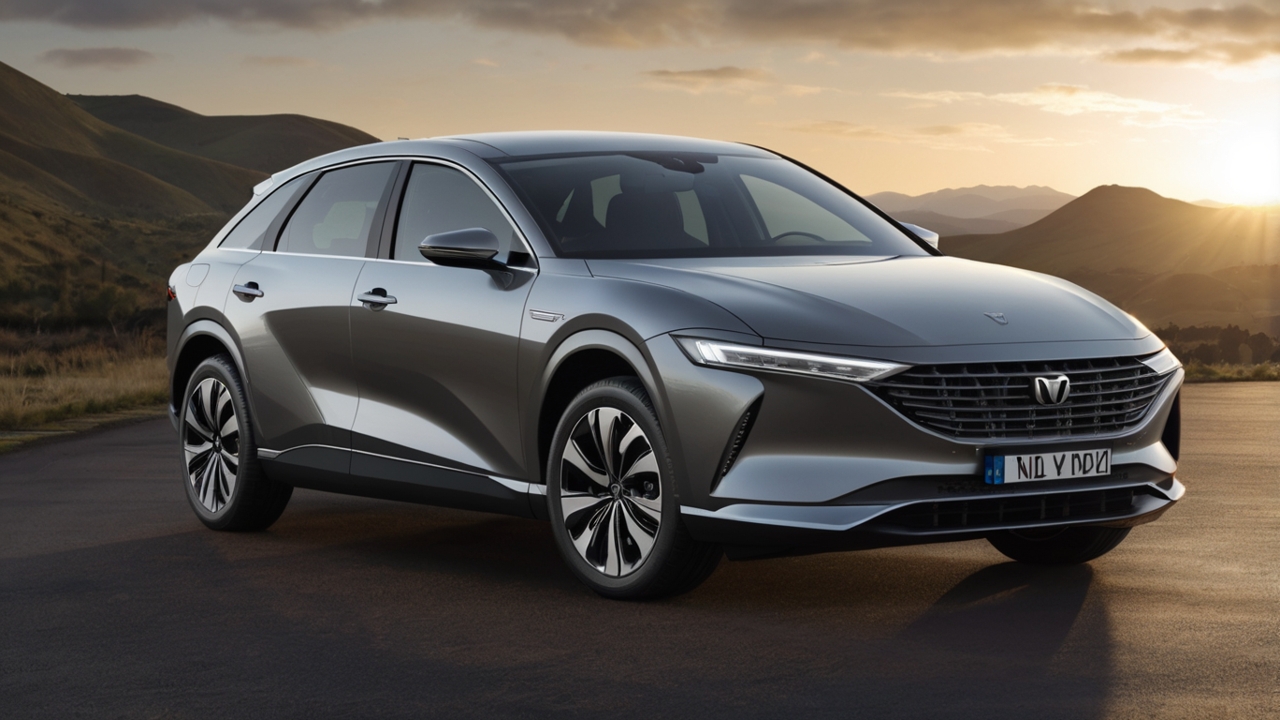

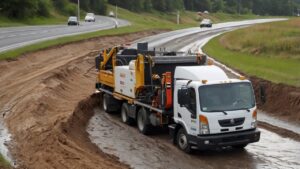







Post Comment